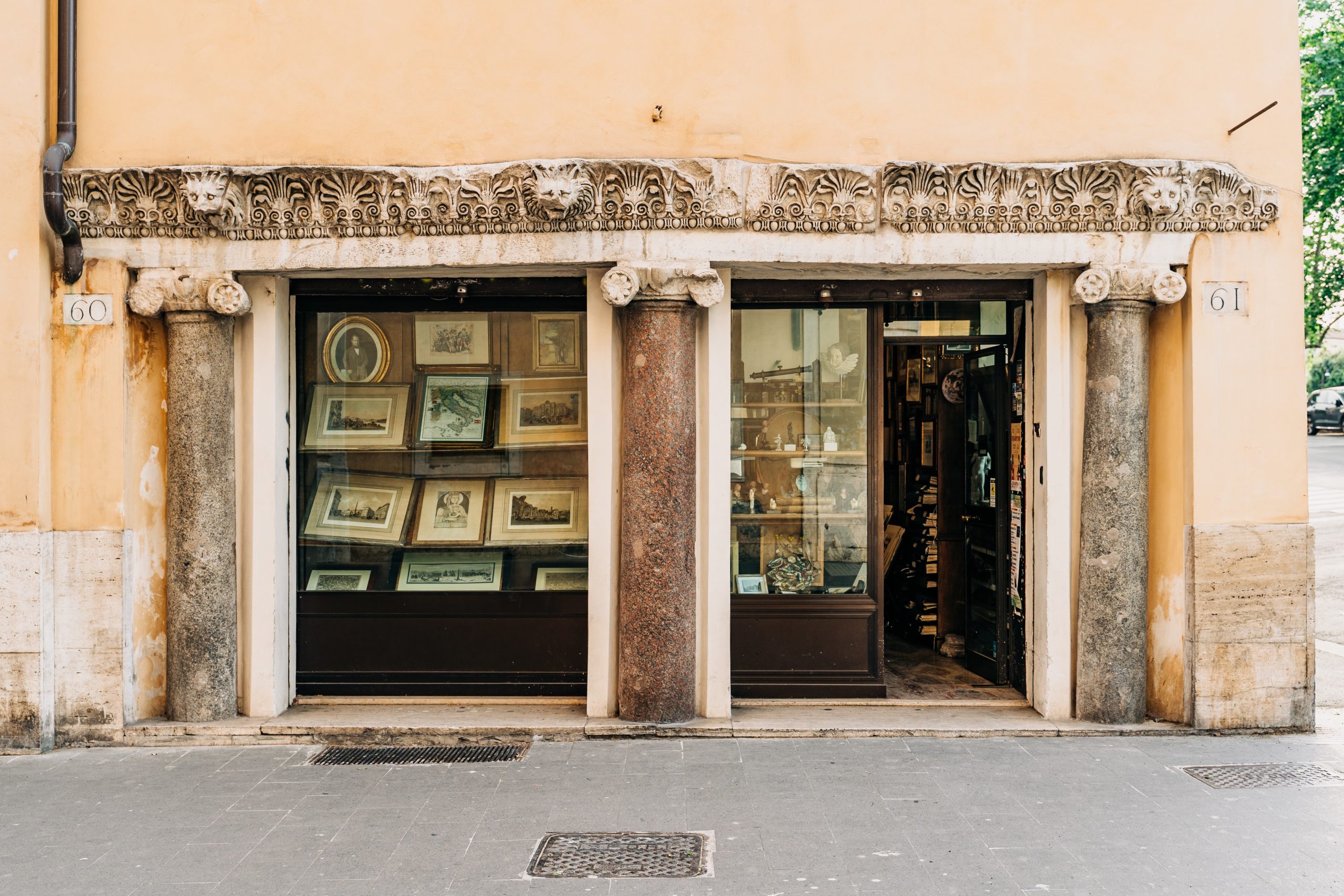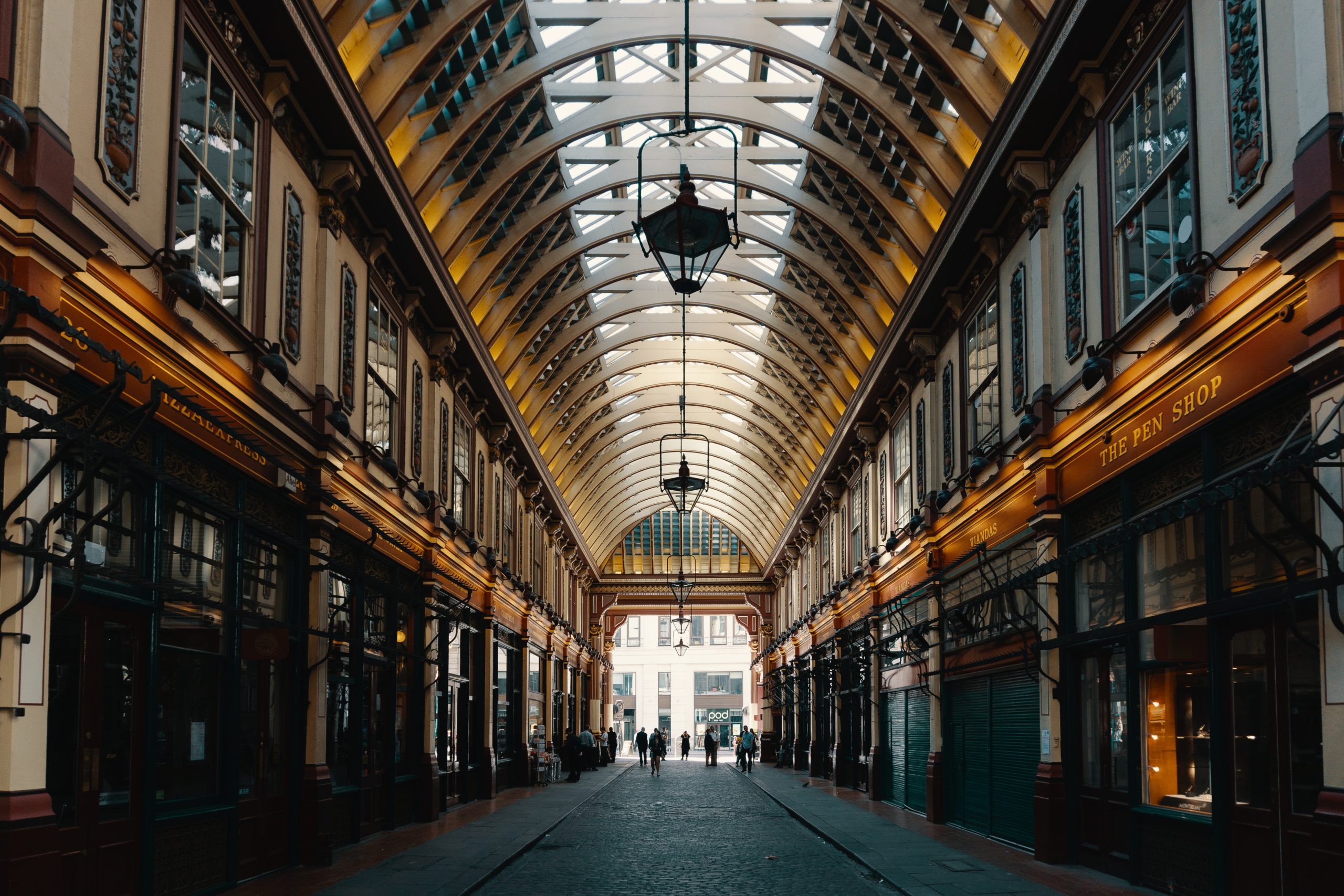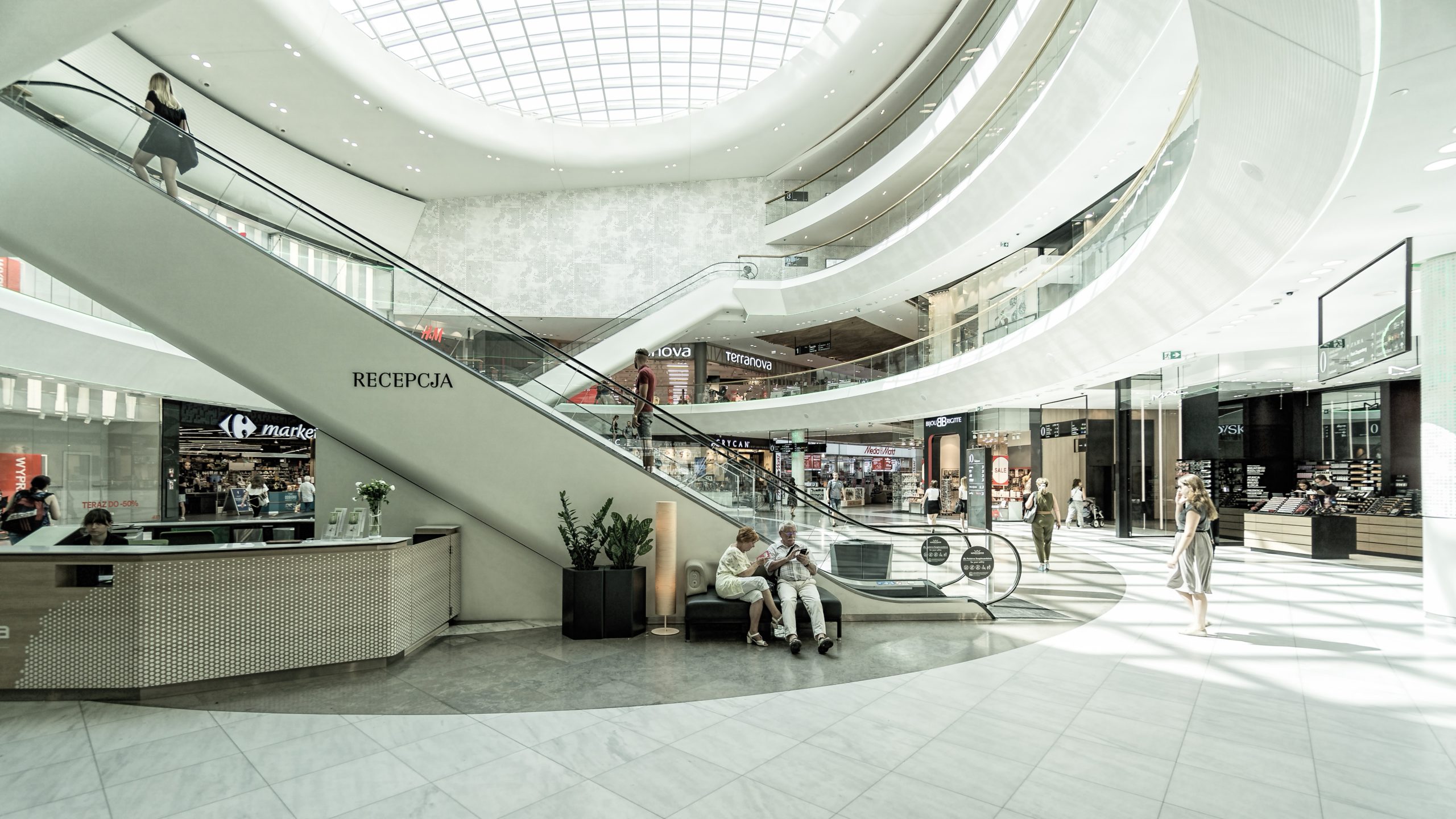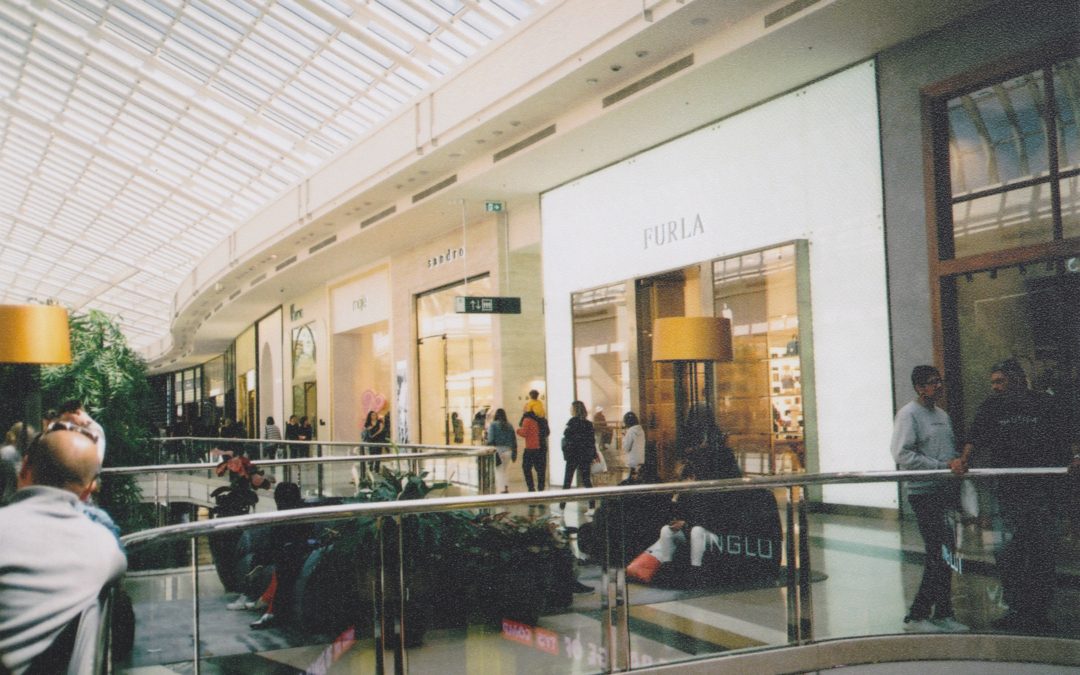Shopping centres (or malls as their known in their ancestral heartland) are something of an American tradition. Here in the UK, we often used to see them depicted as social hubs for bored youths via glossy TV shows and films. ‘Going to the mall’, it seemed, was more than an opportunity to part with money.
It represented a place to go, something to do, and if there was a food court to relax in and grab a soda, so be it. While malls are present around the world, their size, availability, and cultural significance in the U.S was unique.
Ancient Retail
The ancient history of retail may not have too much in common with the American megamall, but it’s an interesting place to start. Trading between people or groups goes back to around 10,000 BC, with early instances involving the bartering of livestock. How many sheep you got for a cow sadly isn’t known.
As time went on, more permanent markets and trading hubs began to pop up. Combined with the adoption of currency, more recognisable examples of retail came in the form of open-air markets. The first of these originated around modern-day Turkey, as far back as 6000 BC.
The birthplace of so much modern civilisation, ancient Rome also brought us the first-ever permanent shopfront. Called Taberna, they acted as a general store, with a combination of bartering, currency and thievery the common methods of purchase.

Early / Modern Retail
While retail evolved over many hundreds of years, widespread shops began to crop up in the 17th century. In England for example, these stores would have been a fixture in almost every market town and formed a central part of the community.
As the 18th century came about, we start to see features of the model retail experience. Rather than being purely functional, the advent of display cases, changing rooms and mirrors brought a different aspect to shopping. You could now ogle items you couldn’t afford, and even try them on.
Next was the advent of shopping arcades, collections of different vendors grouped for the convenience of the consumer. They started cropping up across Europe in the late 18th century, and were particularly popular in France, offering a wide range of goods and an opportunity for people to get off the dirty, busy streets of the time.

The Mall is Born
In early 20th century America, consumerism was starting to take hold. The idea of credit had been born, and businesses were keen to take advantage of this. In 1922, J.C Nichols built the Country Club Plaza in Kansas City, with the design aiming to replicate Spanish architecture, of which Mr Nichols was a big fan. However, this isn’t quite the first iteration of the modern mall.
This illustrious honour goes to the Southdale Centre in suburban Edina, Minnesota. It was the first-ever fully enclosed shopping centre offering a range of different retail options. It was all indoors to get the poor locals out of the freezing midwest weather, and this became a defining characteristic.
Once Americans got a taste of this kind of experience, there was no stopping it. Rapid expansion began all around the U.S. By 1975 there were 16,400 shopping centres and by 1987, there were 30,000, accounting for half of all American retail sales.
As well as being an obvious way to condense spenders and maximise profits, the growth of malls was partially driven by the need for a social hub. The ’50s were partially categorised by the creation of the suburbs. But, as these residential areas began to expand, it became apparent that there wasn’t a great deal to do. Keen to prevent their experiment from failing, city planners began searching for solutions. Malls were the answer and provided a relaxed environment where suburbanites could congregate in peace.
However, few could have predicted the impact that these temples to consumerism could have on U.S culture. As if they needed anymore, the mall was added to a long list of American exports, helping spread the nation’s already extensive cultural influence.

The Rise of eCommerce
However, despite a good run, things couldn’t stay rosy forever. As the 21st century matured, eCommerce began eating into the profits of bricks and mortar stores. The rise of websites like Amazon especially spelt bad news, as the undeniable convenience of ordering from your living room became apparent.
As well as taking a figurative bite out of bricks and mortar stores, Amazon was quite literally taking many of them over. Since 2016, the online shopping giant has converted 25 disused or out of favour malls into distribution centres for its ever-growing empire.
By 2018, retail growth has slowed to a relative crawl of 3.7%. Ecommerce on the other hand was booming, with its market share rising from 5% in 2008 to 15% ten years later. Naturally, shopping centres were taking their fair share of this decline. As much of the world moved online, it seemed that even the social aspect of the mall wasn’t enough to save it. While it wasn’t quite time to panic, the upcoming pandemic would leave the industry reeling.

The Pandemic
When coronavirus appeared, it dealt a savage blow to an ailing industry. 2019 was already the worst year for sales in twenty years. Lockdowns and social distancing restrictions were the last things any business relying on footfall needed.
This forced many department stores within shopping centres to close. Finding big enough tenants to take space at one of the most volatile periods in history was pretty much impossible. While the pandemic appears to be disappearing in the rearview and behaviour returning to normal, only time will tell how damaging the pandemic will be to this iconic part of American culture.
Did Someone Mention Lost Property?
Here at NotLost we work with a variety of shopping centres to help them manage their lost property problems. We’ve already helped big names like Westfield, so, if you’re interested to explore a solution, get in touch at +44(0)20 8037 3970 or drop us an email at Josh@notlost.com.
